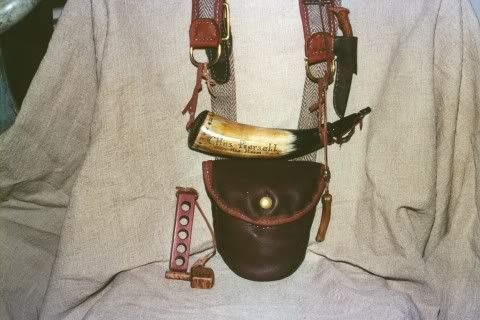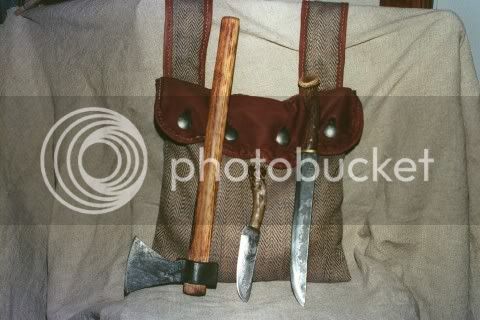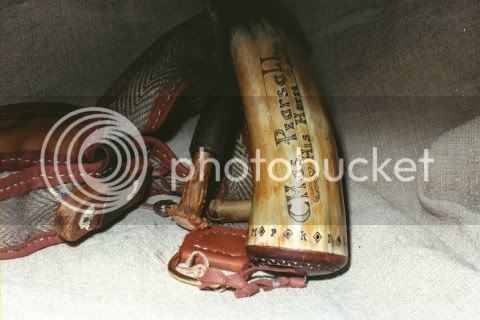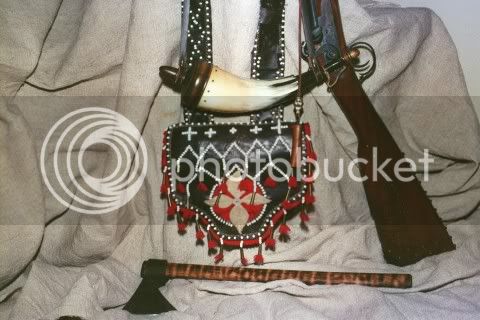When I "tape" an edge seam, I use light weight, 2.5 to 3 oz. veg tan leather. I dampen it like I would for marking the stitches, fold it in half, crease it at the fold with a slicker or awl handle,and mark out a row of stitches and awl in my holes through both sides at once...be careful as the thin leather will want to streatch and drift...so keep the edges aligned as you go.If you are not comfortable doing this, mark your holes down each edge seperately and awl them in...its twice the work, but sometimes the results are also twice as neat and proper looking when you are first learning.
If you are going to cover a seam with leather tape, the actual seam of the bag that joins the two panels can be whip stitched along its edge...or even simply tack stitched, it will not show under the tape anyway...then using the same wheel I mark a row of stitches along the seam. The only trick is being sure the tape strip is just wide enough so that all the holes line up, a set of dividers will help you to measure everything out here.
While the tape is still damp, I saddle stitch it over the edge seam thus "binding" it (I think this is usually called a bound edge)....and yes siree, starting in the middle and stitching out to each side is a real good idea.
I believe the image on pp 97 is actually a bound edge as well? But rolling an edge is even easier...simply wet the leather, roll it a good quarter inch or so, slick the fold down with the edge of the awl to make a tight crease...lay out your holes with a wheel, awl them in, and saddle stitch them...rolling the mouth of a bag is a nice touch too, it stiffens the edge and allows nice access to the bags interior.
It seems that most "professional" flat stitched bags, meaning that it's not stitched inside out and turned after stitching, were bound along the exposed edges of the body panels...
TCA
TCA








